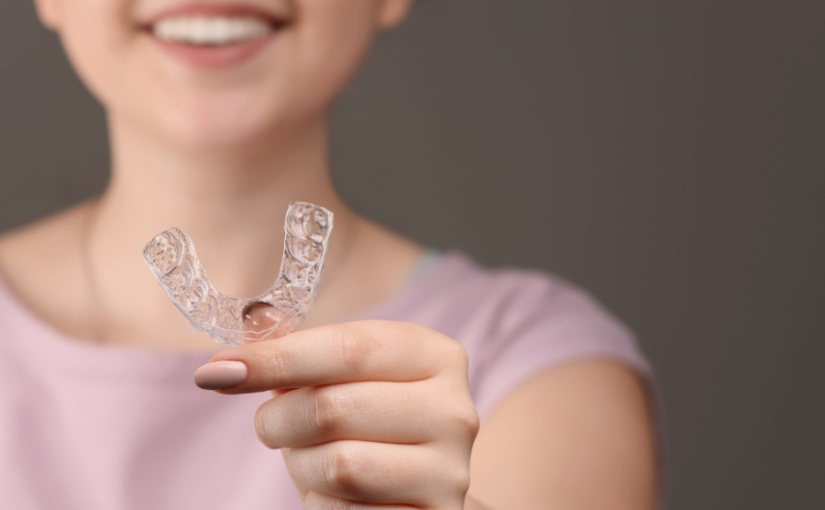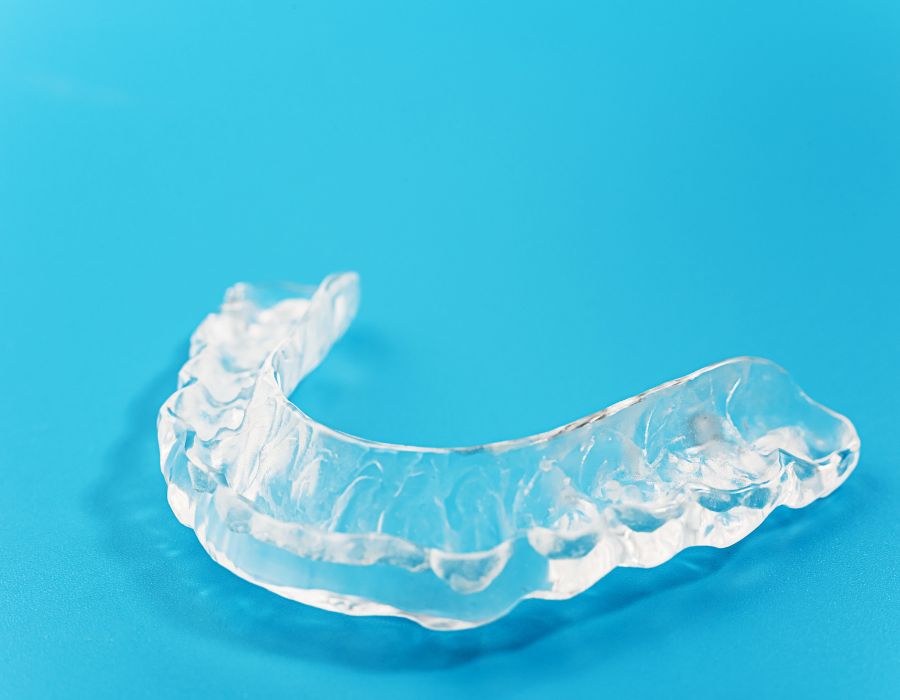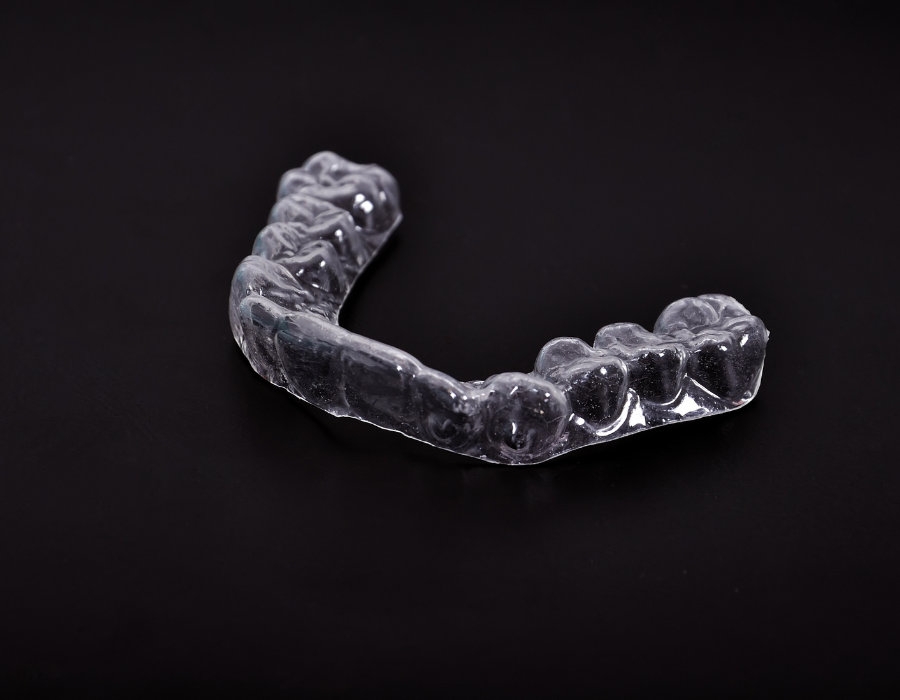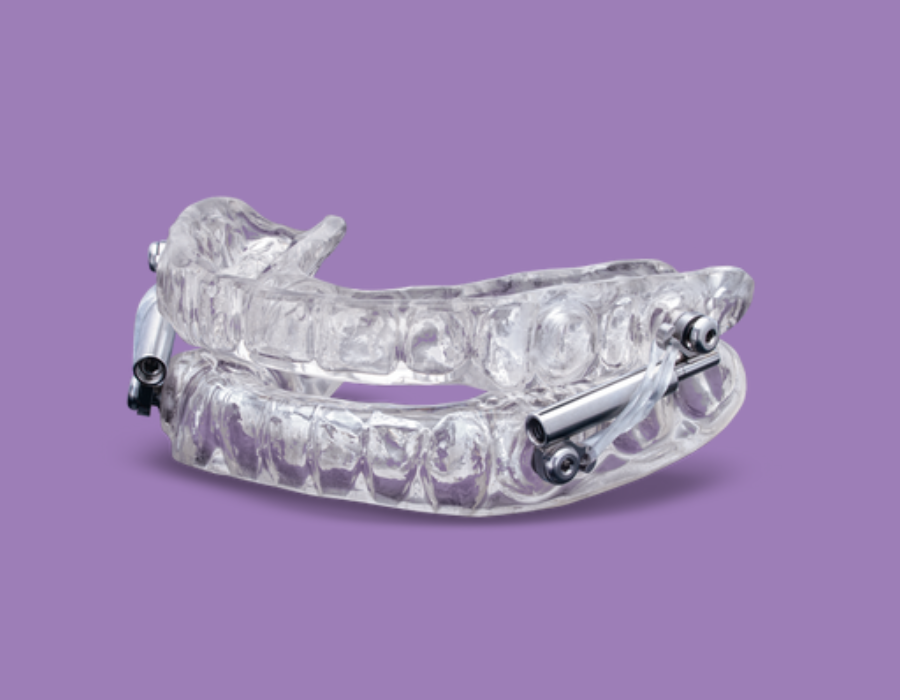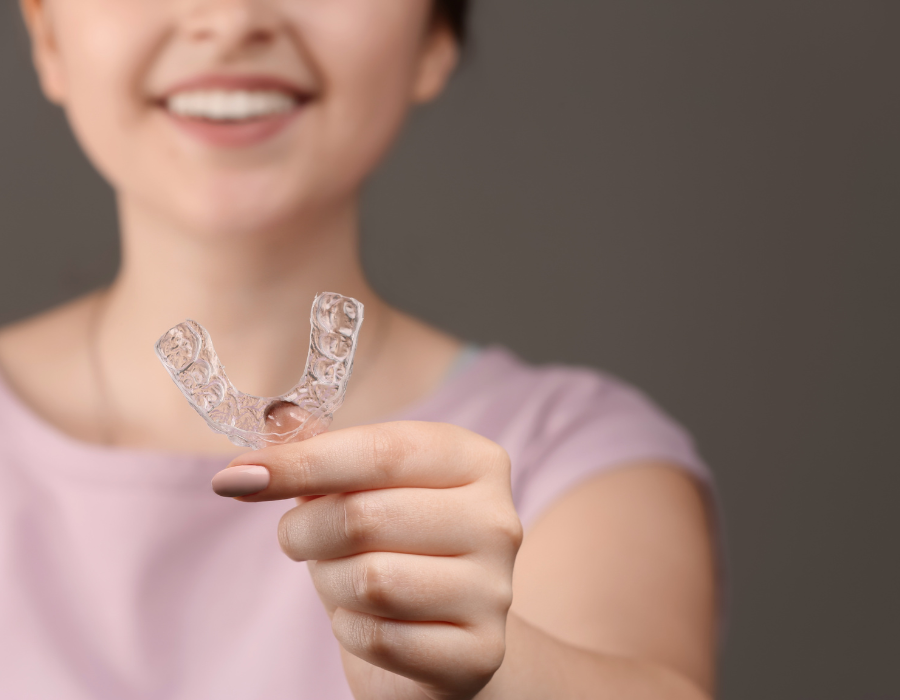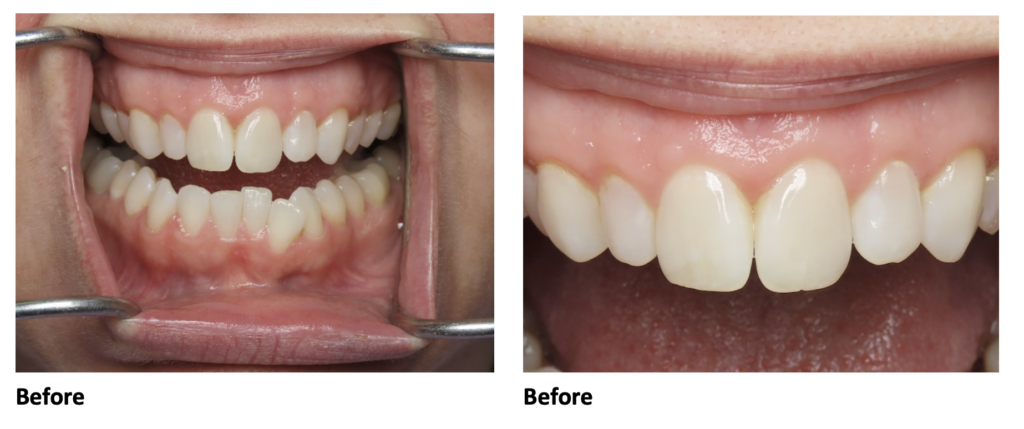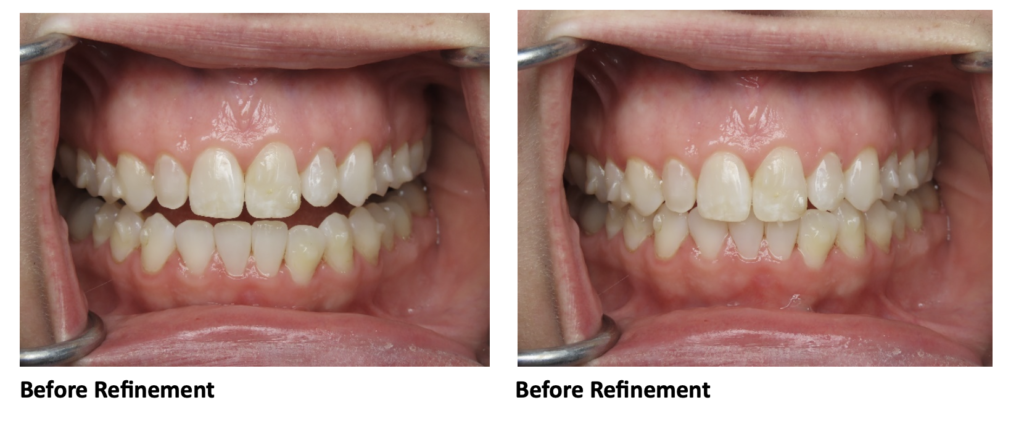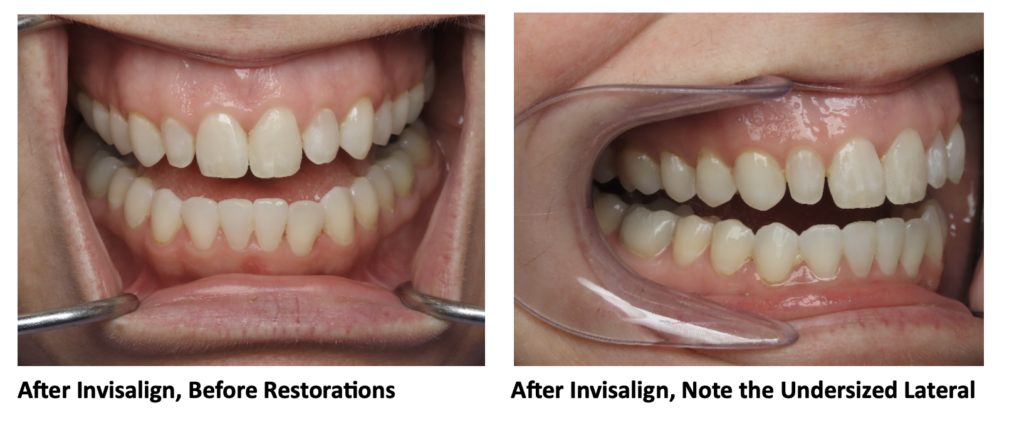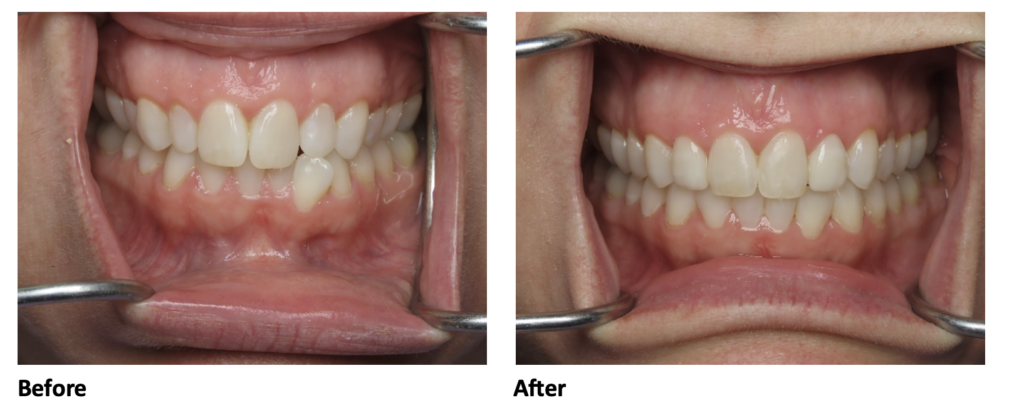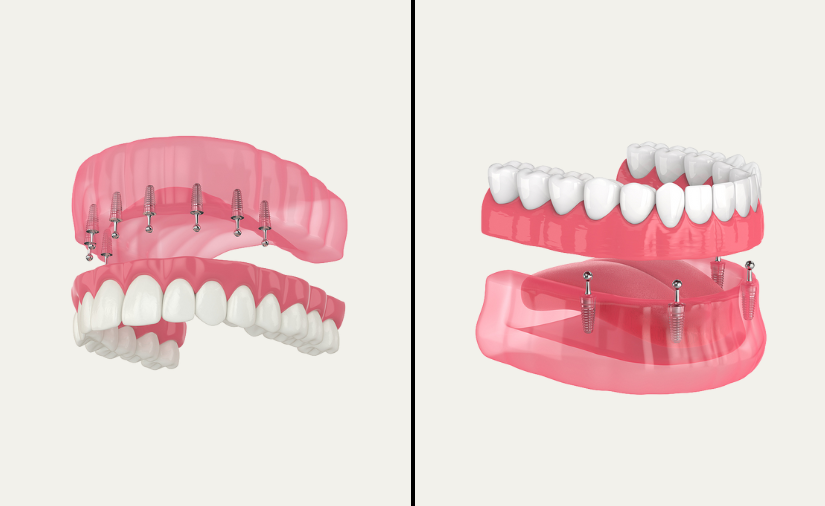By: Dr. Elizabeth Eggert
Facial development plays a crucial role in many aspects of life, including breathing, eating, talking, and even your overall appearance. The way your face grows and develops is influenced by various factors, including genetics, environmental influences, and habits that you may not even realize are affecting you or your children. Understanding the connection between facial structure and function can help you make better decisions for your health and well-being. At Eggert Family Dentistry in North Oaks, MN, Dr. Jeff Eggert and Dr. Elizabeth Eggert are here to guide you in recognizing and correcting any issues related to facial development.
Why is facial development important?
One of the most important aspects of facial development is how it impacts your ability to breathe properly. The position of your jaws, the width of your palate, and the alignment of your teeth all contribute to how well you can breathe through your nose. Improper development in these areas can lead to mouth breathing, which is less efficient and can contribute to a range of health issues, including sleep apnea and other breathing disorders. This is why it’s so important to pay attention to the development of your child’s facial structure from an early age.
Eating is another daily activity that is deeply affected by the development of your facial structure. If your jaw is misaligned or your teeth are crowded, it can make chewing difficult and uncomfortable. This can lead to improper digestion, as food may not be adequately broken down before it reaches your stomach. Additionally, the position of your teeth and jaw can affect how you swallow, which is another important part of the eating process. Ensuring that your facial structure is developing properly can help prevent these issues and promote better overall health.
Talking is a vital part of communication, and your facial development plays a key role in your ability to speak clearly and confidently. The position of your teeth, tongue, and jaw all contribute to the formation of sounds. If there are issues with the development of your facial structure, it can lead to speech impediments or difficulties in articulation. This can be especially challenging for children as they learn to speak, and it’s something that parents should be aware of as their children grow.
What is “mewing” and how is it related to facial development?
One trend that has gained significant attention in recent years is “mewing,” a technique that involves positioning your tongue against the roof of your mouth to encourage proper facial development. This practice was popularized by Dr. John Mew, an orthodontist who believed that proper tongue posture could help shape the face and improve issues like misaligned teeth and poor jaw structure. Mewing has become especially popular among the younger generation, largely due to social media platforms where influencers and health enthusiasts share their experiences and results. The idea behind mewing is that by maintaining good tongue posture, you can promote a more attractive facial structure and prevent issues related to improper development.
The popularity of mewing highlights a growing awareness of the importance of facial development, particularly among young people who are interested in improving their appearance and overall health. While mewing can be beneficial, it’s important to approach it with caution and to seek professional advice to ensure that you’re doing it correctly and not causing any harm. Dr. Jeff Eggert and Dr. Elizabeth Eggert at Eggert Family Dentistry are knowledgeable about these trends and can help you determine whether mewing or other techniques might be appropriate for you or your child.
At Eggert Family Dentistry, Dr. Jeff Eggert and Dr. Elizabeth Eggert are dedicated to helping you and your family maintain healthy facial development. They can assess your facial structure, identify any potential issues, and provide guidance on how to address them. Whether it’s through orthodontic treatment, guidance on proper habits, or education on practices like mewing, they are here to support you in achieving optimal health and well-being. Don’t hesitate to reach out to Eggert Family Dentistry in North Oaks, MN, to schedule an appointment and learn more about how you can promote proper facial development for yourself and your children. Call us today, 651-482-8412!




